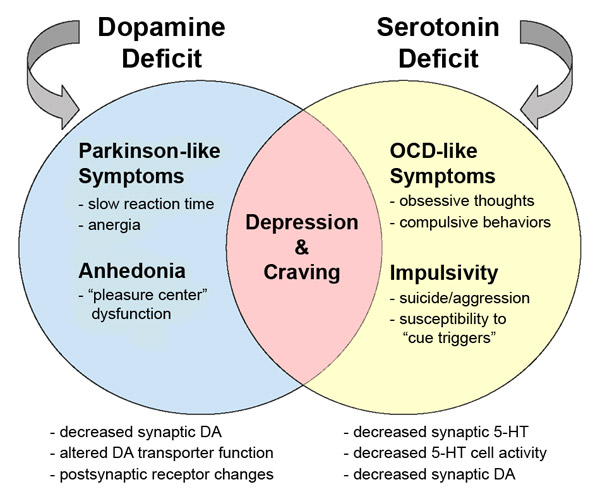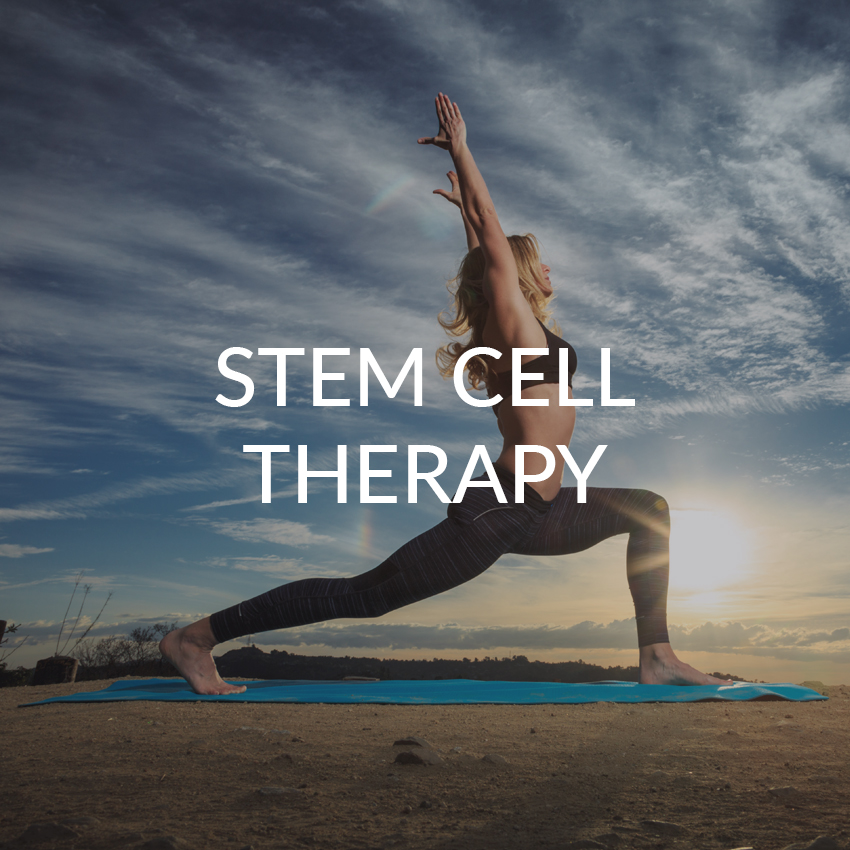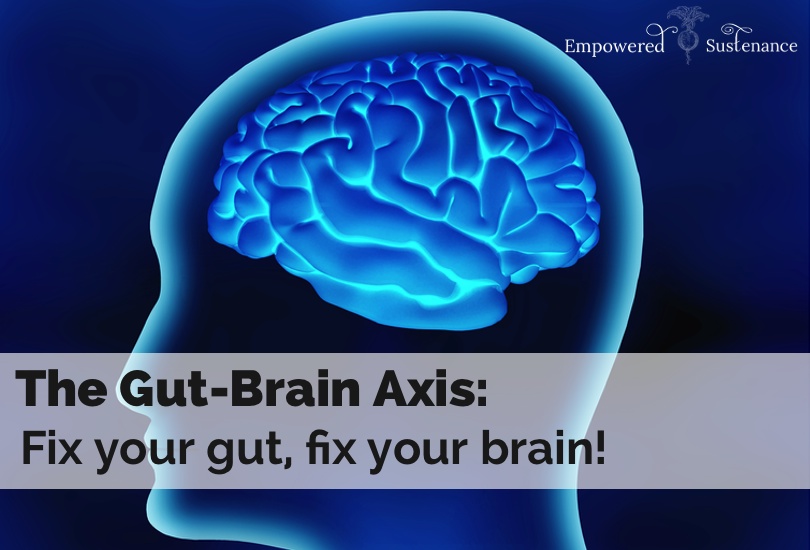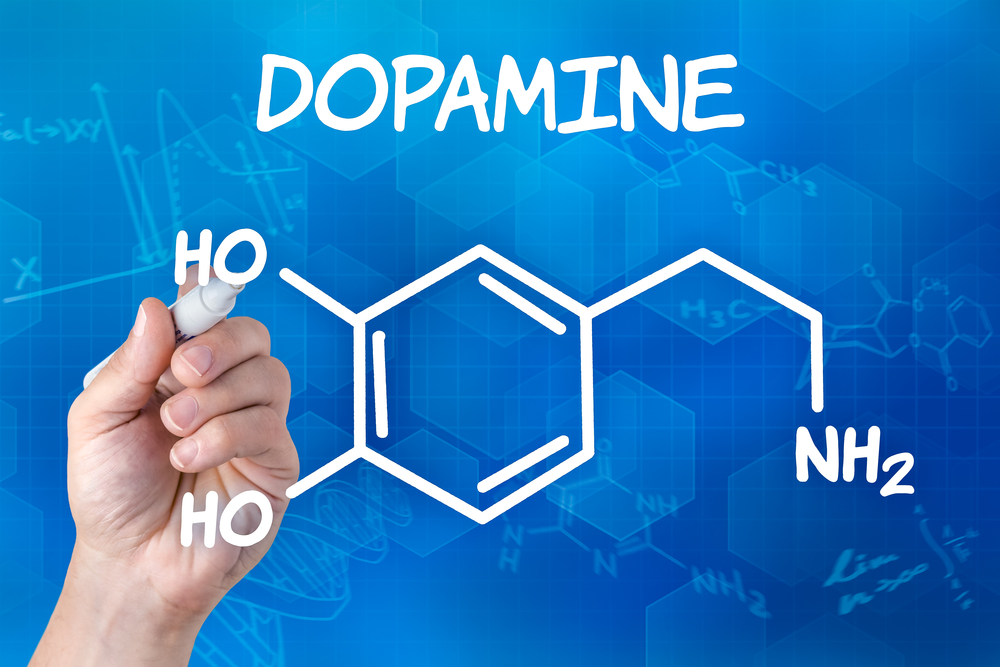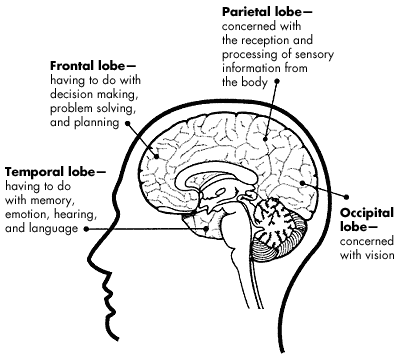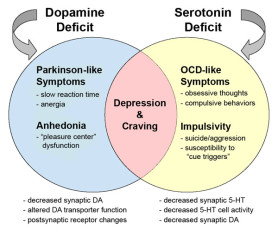Female hormonal weight loss factor

Female hormonal weight loss factor where Leptin hormonal fat regulates weight for better physical health
Female hormonal weight loss factor: Estrogen and progesterone balance
One of the female hormonal weight loss or weight gain factor in women is the estrogen and progesterone balance and how those hormones interact with other hormones like cortisol or insulin. Bigger hips and thighs on women suggest greater estrogen levels relative to progesterone. The reverse of that, larger breasts and smaller hips and thighs, may indicate the opposite balance of these hormones. The menstrual cycle is another key indicator of hormone balance. Since the time just before menses is usually a progesterone dominant time, PMS is a strong indication there is a progesterone deficiency relative to estrogen.
Nonetheless, doctor Dalal Akoury MD, President, and founder of AWAREmed health and wellness resource center acknowledges that a woman can have higher than normal progesterone levels but still have a relative deficiency if estrogen levels are much higher. Many women with low progesterone relative to estrogen will report feelings like a completely different person before ovulation (the first two weeks of cycle) vs. after ovulation (last two weeks of cycle), where they feel much worse. This ill feeling usually manifests as depression, breast tenderness, moodiness, fatigue, lack of motivation, bloating, and other complaints.
Female hormonal weight loss factor: Female fat distributions
Progesterone & estrogen both play a role in keeping the waist of women smaller. This is because estrogen works against the action of insulin (and testosterone a belly fat storing hormone in women) while both estrogen and progesterone oppose the action of cortisol. Insulin and cortisol, together with testosterone and low estrogen, are implicated in belly fat deposition in women.
Estrogen is the biggest factor in increasing fat storage at the hips and thighs providing the hour-glass shape. Progesterone with estrogen halts the storage of fat around the waist, but stress can have more of a negative impact on progesterone’s action. High stress has been shown to negatively impact progesterone, so women who see fat accumulating around the waist may want to work to reduce stress and raise progesterone.
Estrogen is a little different. Its role is to increase fat storage by up-regulating what is known as alpha-adrenergic receptors in female fat depots around the hips and thighs. Adrenergic receptors are like the gas and brake pedals on your car and work to accelerate or decrease fat usage. Beta-adrenergic receptors increase fat burning while alpha adrenergic receptors block it. The hips and thighs of a woman have higher amounts of alpha adrenergic receptors compared to men. This is also the major reason it is so difficult for some women to lose fat from the hips and thighs.
It is interesting to note here that one of the best ways to decrease the action of these alpha receptors is by using a low carb diet. This is why many women find fantastic results when they switch from the standard high carb diets and adopt lower carb eating patterns. Many women have plenty of fat to spare in the hips and thighs but instead of burning it, they will become smaller in the torso and breast first and remain bigger on the bottom. Estrogen increases alpha-adrenergic receptor numbers while progesterone decreases it. Progesterone, like testosterone in men, may increase beta-adrenergic receptors. In this way, estrogen and progesterone work to influence the ability to burn fat and determine from which areas it will be taken from. This is an issue of hormone balance, not calories and for you to be on top of the game, seeking professional input from doctor Akoury should be your priority.
Female hormonal weight loss factor: Estrogen and progesterone balance
http://www.awaremednetwork.com/



